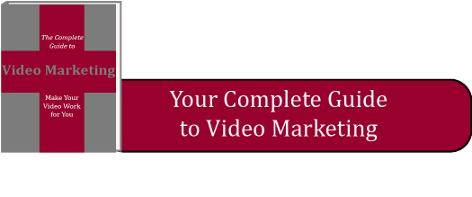Do you buy brand name sand? How about sugar? Most people, me included, decide to buy these commodities based on one thing.
Price.
That’s really the only thing that matters, because aren’t all sugars pretty much the same?
However, competing on price is often not the best strategy. There is always someone willing to do it cheaper and then you are left scrambling to find some actual benefit..
Wouldn’t it be best to find the benefit first and sell on that? I think so too, that’s why I advise clients to find their USP or Unique Selling Position.
The USP is what makes you different than your competitors and the reason why someone buys from you vs. them.
Do you have the fastest shipping, the quickest customer service, the best selection? Do you cater to a niche market or do you have the fastest turn time?
These are all examples of USP’s. If you want to find yours you need to follow the steps below.
Ask
Do you know why people pick you vs. your competitors?
No?
Great, then you have a golden opportunity to talk to your customers. Ask your current customers why they buy from you. You can do this through an online survey (I like survey monkey), ask them directly or ask them to fill out a paper survey in your store.
You probably want to give them some incentive for doing this like taking them out to lunch, discounts cards or a giveaway.
Hint: I find it is usually more effective to give everyone something small then to have one big prize that enters them into a drawing.
While it may be daunting to ask people why they choose you vs. a competitor, their answers will strengthen your strategy.
Also look closely at your business and ask yourself, what would you like as a customer? What do you like being able to offer your customers? What makes you proud to say we do “x” better than anybody else?
Analysis
Ok, so you have all of your feedback from your customers and your own ideas. Most likely everyone did not give you the same answer. That would be way to easy.
However, you should be able to put answers into buckets. Say customer service is a bucket, service times is a bucket, selection is a bucket. These are just broad categories that meet your target markets needs.
Group like answers in the buckets and then try to find the two or three strongest reasons people chose your business. For instance, if a lot of people like you for your selection and your hours, move forward with those as a preliminary USP.
The next step in Analysis is to look at your competitors in your space. What is their message? Visit their stores, talk to their customers, examine their websites and literature.
Try to find out how they are trying to compete against your business.
Tailor
The next step is to take all that you have learned about why people like your business, what you like about your business and what your competitors are not doing. Now, take all of that information and distill it down to a USP.
Somewhere in that idea you have what makes your company win business.
What is it? Do you own the flower store with the best selection? Are you the CPA that specializes in city audits? Are you the esthetician with the most convenient hours?
Something makes your company the best.
It may take some time and some trial and error, but working on your USP will prove to be very beneficial in the long run.
Keep in mind that your USP is different from an advertisement or a tagline. It is something internally that is going to guide you to create all the external messages that you have.
It will help form your mission statement, your external messages, your taglines, your brand.
Discover your Unique Selling Position and use it to dominate your market and win more business.
If you are interested in talking more about marketing strategy, web design or really anything to do with marketing, please contact the author at travis@366Marketing.com or visit us at 366Marketing.com.
Note: This post was originally posted on the York County Chamber Blog


